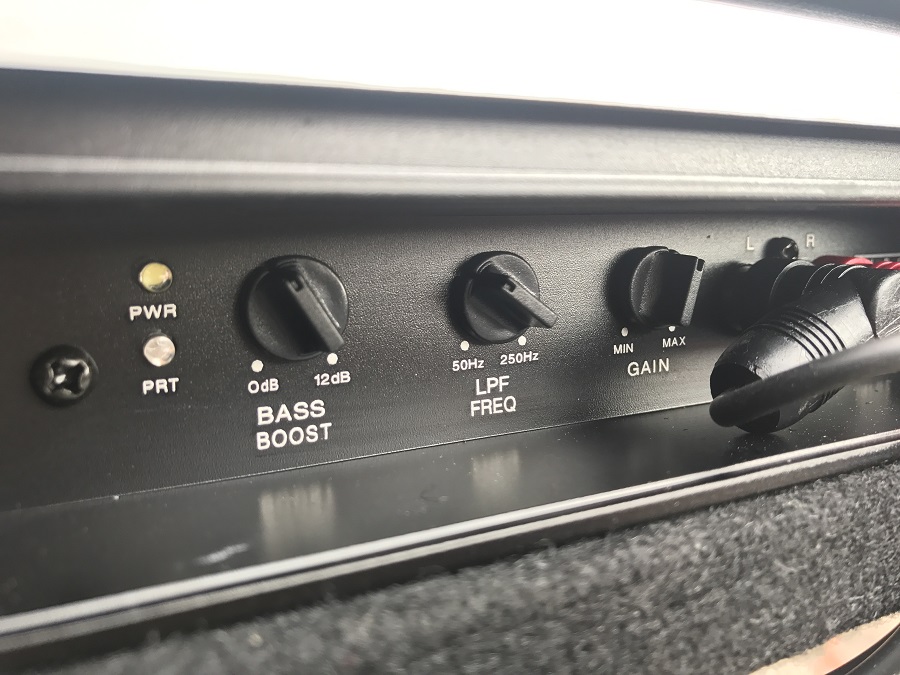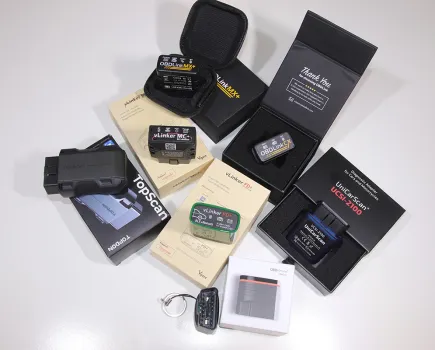Got all the gear, but no idea? Fear not. Here’s how to set up your car stereo and speaker system the way that the professionals do it.
When tuning a sound system, there are no absolutes. Like a true artist saying “A painting is never finished, it is merely abandoned.”, sound system tuning can be unending. To start with though, we can can guide you through how to get the best audio from the tech that you already own. Be it the standard equipment that came with the car, or any level of aftermarket extras, by the time you have digested this lot, you will be an expert audio tuner.
So here’s how to set up your car stereo to make it sound the very best it possibly can. From factory stuff, to mad-end, we can explain the principles.
How to tweak OEM kits
Let’s start with some basic stuff. If you are here just to see what you can do with the OEM kit in your car, here’s the help you need. To start with, we accept that you want it as potent (loud) and as clear as possible. Your factory system has limits, though, so if you over drive it, it sounds horrible. A bit of extra bass by some basic EQ, and a small highs boost is all you need. If you crank these controls on BASS and TREBLE too far, the highs will sound nasty and the lows will distort. And here’s the thing about distortion. Once it kicks in, because the amplifiers are struggling, the sound is actually less than before it started. The truly loudest setting is just before it breaks up, not after. If you do put a lot of bass on the settings, it may sound better and richer at low volume but will sound vile when cranked.
Other tips are to leave the factory sound system balance and faders set dead central. You only reduce sound if you fade the lot to the front. As for the fancier factory systems, the simple advice is to just turn it up and try the lot. But, I’ll admit that on the B&W stuff I heard in a Maserati, I preferred it simply without it.
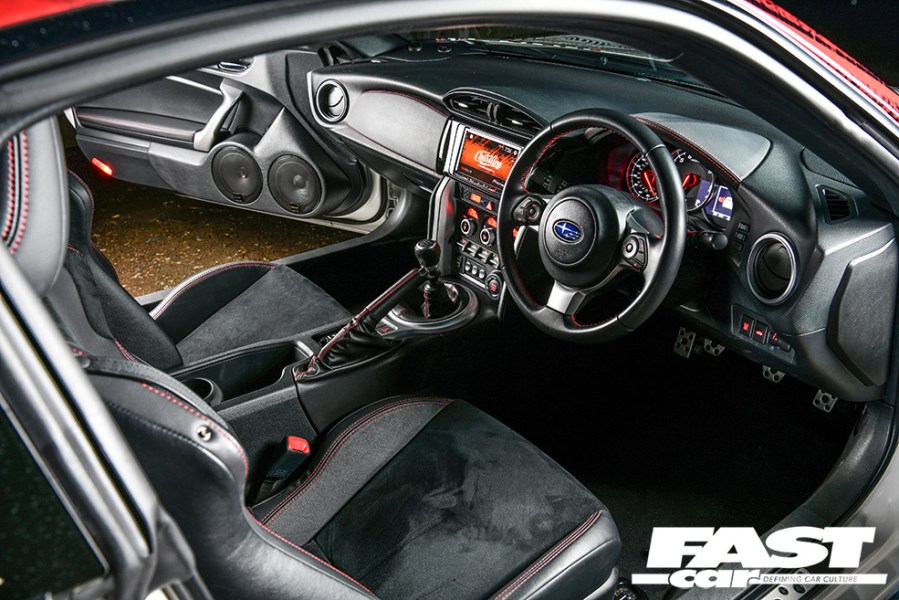
What are your goals?
With the stock stuff dealt with, what if you have a ‘system’ of audio kit already? Or, what if you’re still in the planning stage of your audio build? Setting up a stereo really does start with how deep do you want to go into that stuff. Do you want to keep it simple, or are you wanting to get properly nerdy with it? As ever, you’ll need to consider the classic three forces of car audio: Car, Budget and Taste.
If you own a big booted car, can afford it and love a throb of bass, well that is an easy design to construct. Each model and trim level of car comes with its own constraints, though. You cannot put multiple huge woofers in small cars, for example. Having taken that into consideration, next comes the taste bit. That too breaks into three urges. Purity and HiFi is the first flavor, known as ‘SQ’ for Sound Quality. Those setups don’t need to be loud but they are really into the fine detail – they provides the feeling of true stereo laid out before you, like a really good set of speakers at home. Then, there are the sounds systems with an urge for just as BIG and meaty performance as they can get, known as SPL for Sound Pressure Level. A true car audio thing, we see stupefyingly huge SPL speakers and amps that are unlike any other market. And lastly, the rarest option as you need both money and a stripe of lunacy, is ‘SQL’ or Sound quality – LOUD! These folks may have expensive front speakers and huge woofers. And finally budget. All the dreams need paying for and your system will be cost-limited.
Check it all works
When it comes to setting up any heap of equipment, it always helps to have the products tested and known-working. A principle of good reviewing is to use reference or ‘known good’ hardware in any test system. Thus, it’s always a good idea to be able to do a basic-function test of the bits you’ll be fitting. You’re unlikely to find a fault, but time with your radio on a 12V battery is well worth the effort. Likewise, you could conduct a brief check of each driver with a weak battery with wires coming off it. Plug up the passives on short wires and test them, too, with the speakers fitted, on a table. Even a quick check of every wire for continuity is sensible. A buzzer on a battery or the continuity beep on a multimeter will help.
I once struggled for an hour on a test system. Eventually, I found the blue switching wire was broken in the middle of it somewhere! RCA cables with broken conductors near the plugs can be a thing too. So, just check all the bits are working before it all goes together.
Gain Structure
Oh dear, here’s where it all gets a bit high-end sounding. The very term, ‘gain structure’, sounds like something that only sound system experts might discuss. It’s not that difficult a thing to grasp though. Have you ever heard music on hold or lift announcements that are all distorted and cracked sounding? The amplifiers that make both are only small, be they on a phone line or driving a speaker in a lift. The operator thinks more is better and turns it all the way up. This is not good. Any amp, be it power or signal to drive it, has a need for headroom. When turned up too far with a nice loud recording or audio input, the sound comes out ruined.
There are devices that can help you set up the gain or volume of all the parts of your system. A clip lamp is fitted to some products. This features an LED light that shines when the distortion kicks in. Distortion is when a square wave of the utter limit of what that amp can do is created; not a curvy sound wave, but a battlement, and it sounds horrible. To test the clip-LED lights, you crank back the input level on the amplifier it is fitted to, and hopefully the light dims. That way, you know that you have the maximum signal before clipping.
The bigger and louder a signal is, the less you will perceive any noise or hiss. So, head units brag about the voltage levels of their signal outputs. A high voltage RCA feed is a great start to drive a rack of amplifiers.
Headroom
Not all of the ‘volume knobs’ or gain controls on the system are about volume! Some are about clarity. You want a signal that has clarity, while still allowing the amp some muscle in reserve for when it gets louder. This is called dynamics and is where an audio system can give you goosebumps from its power. The signal into the amp needs to be clean and then the gain knob on the amp needs to be set so as to play clean, without overdriving. Setting them all to max is just foolish. It must be set loud enough but not too loud.
At the posh end, they use oscilloscopes to measure car systems’ outputs to tell exactly where that goldilocks zone is. It’s a bit like that clip lamp, but for grown-ups. The idea is to set up your amp inputs with maximum muscle in general but with power left in reserve. Really high quality amplifiers have massive headroom. Their slew rate (how fast an amp can deliver the watts) is measured in Volts per microsecond. The better and faster that slew rate is, the more exciting and realistic the output will be. Headroom is a classic indicator of a well set up system.
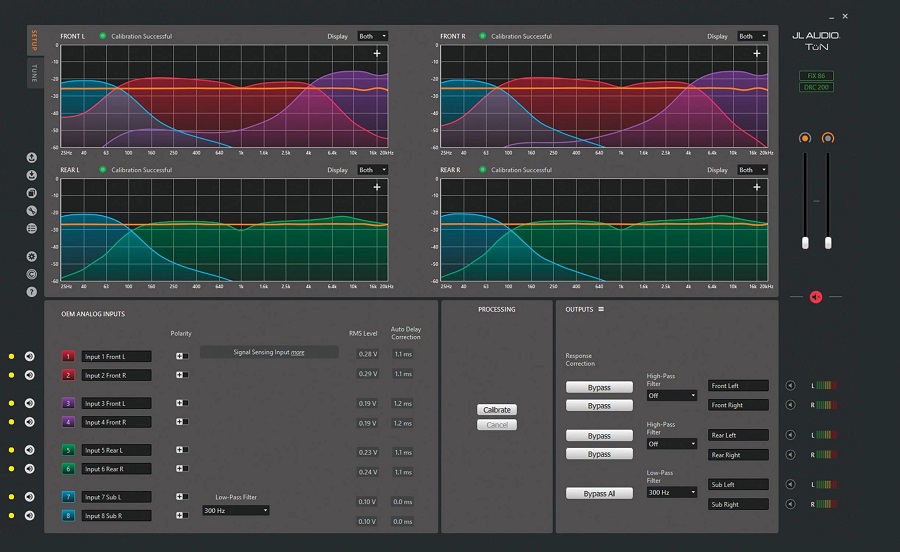
Phase & Crossovers
Right, now we’re at a stage where we’ve installed a system and we know that all the parts work, and are turned up to a reasonable level. Next is the testing and tuning. The first thing is to check that the speakers are all in phase with one another. The speaker wires can get reversed in installation and one may be going IN when the others are all going OUT. A simple concept but one that fancy systems can fall foul of. It’s also possible that acoustics in your car dictate that one or more drivers may actually need to be out of phase. When this is detected by fancy microphone and computer testing, you can often flip a phase at processor level. But in general, the speakers will all want to be doing the same thing at the same time.
Likewise, the acoustics of your car’s cabin may have humps in bass and ‘suck-outs’ in the midband. This is where the upholstery is absorbing your midband energy. Sometimes it is worth setting up component speakers with a big frequency overlap covering the midband suck-out frequencies, if found. This is done via adjustable crossovers and is only possible for full active systems. Those are systems with an amplifier channel for each speaker rather than the speakers all being wired to a passive crossover.
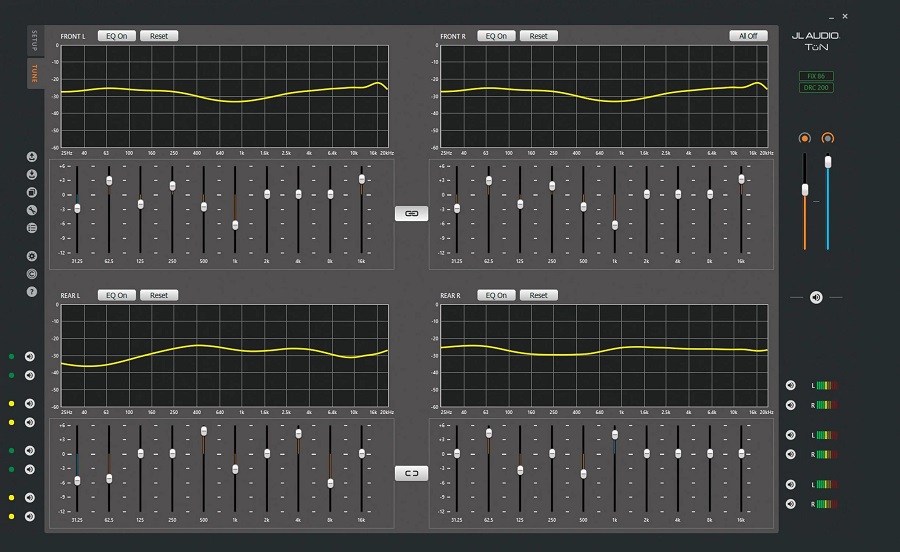
Equalization
The main tweaking will be equalization, though. And here is where taste and absolute HiFi Principles may clash. This is also why powerful digital equalizers and even those in head units have multiple and ‘USER’ memory presets. You will set it up to sound good with your favorite tunes, but then can also keep other settings in reserve for different genres.
The best graphic EQs have thirty-one bands with 12dB of possible boost and cut at each band, 20Hz to 20kHz. These are good fun and a smiling face EQ is a wicked rich curve for pop music. It ain’t hifi, mind! Parametric equalizers have fewer bands and you can adjust the parameters, like frequency, that it affects. These equalizers are all about problem finding in your car’s own cabin and curing acoustics rather than messing about. That’s why some systems have parametric EQ for cabin settings and also graphic EQ for taste issues.
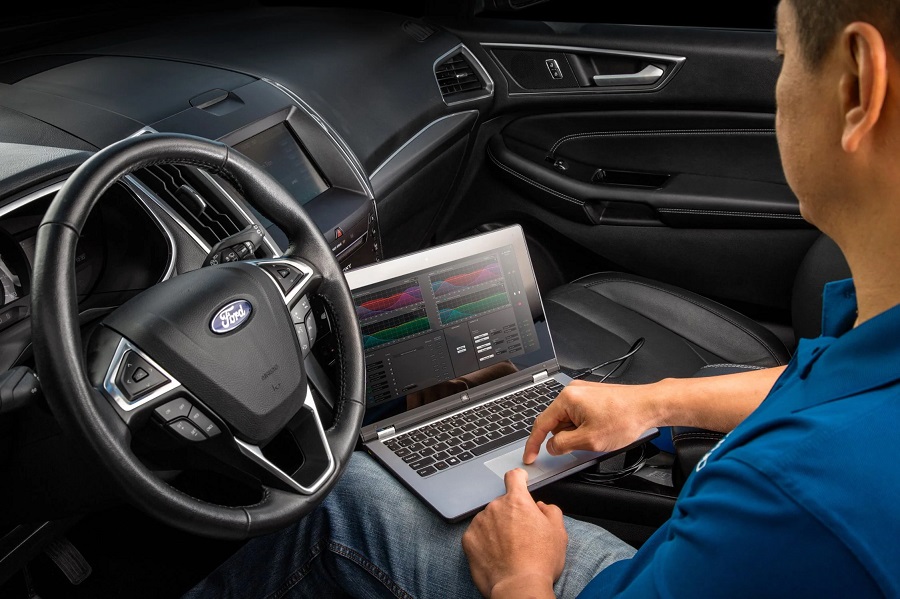
Time Alignment
This was saved until last as it is the weirdest and the most fun, and potentially awesome in effect. Sadly, except for if you’re driving a McLaren F1, we sit to one side when driving a car. But we desire stereo in front of us, as if it were across the screen. Speaker placement is a big part of any system. A-pillar pods are the best for serious HiFi, but Time Alignment is reigns supreme at making it sound right.
We can tell where sounds come from as we have a gap between our ears. That means that if the sound arrives at both ears at the same time, we perceive things as dead in front of us. Measured at just one little millisecond for each foot of distance, the speakers can be controlled creating psycho-acoustic speaker placement. If the speakers nearest you have their sound delayed just by the right amount, their arrival time at your ears will be the same as the further-away ones in the other door. What happens then is magical as it all sounds as if it was right in front of you.
The very best cars, once set up, will sound as if music is coming from beyond the confines of where you are sat. Just like home speakers seeming not to be the source of the amazing sound stage hanging before you, it can be done in a car. But it’s difficult and can get expensive.
Unsure about installing your new car stereo? Watch our video guide over on YouTube.

